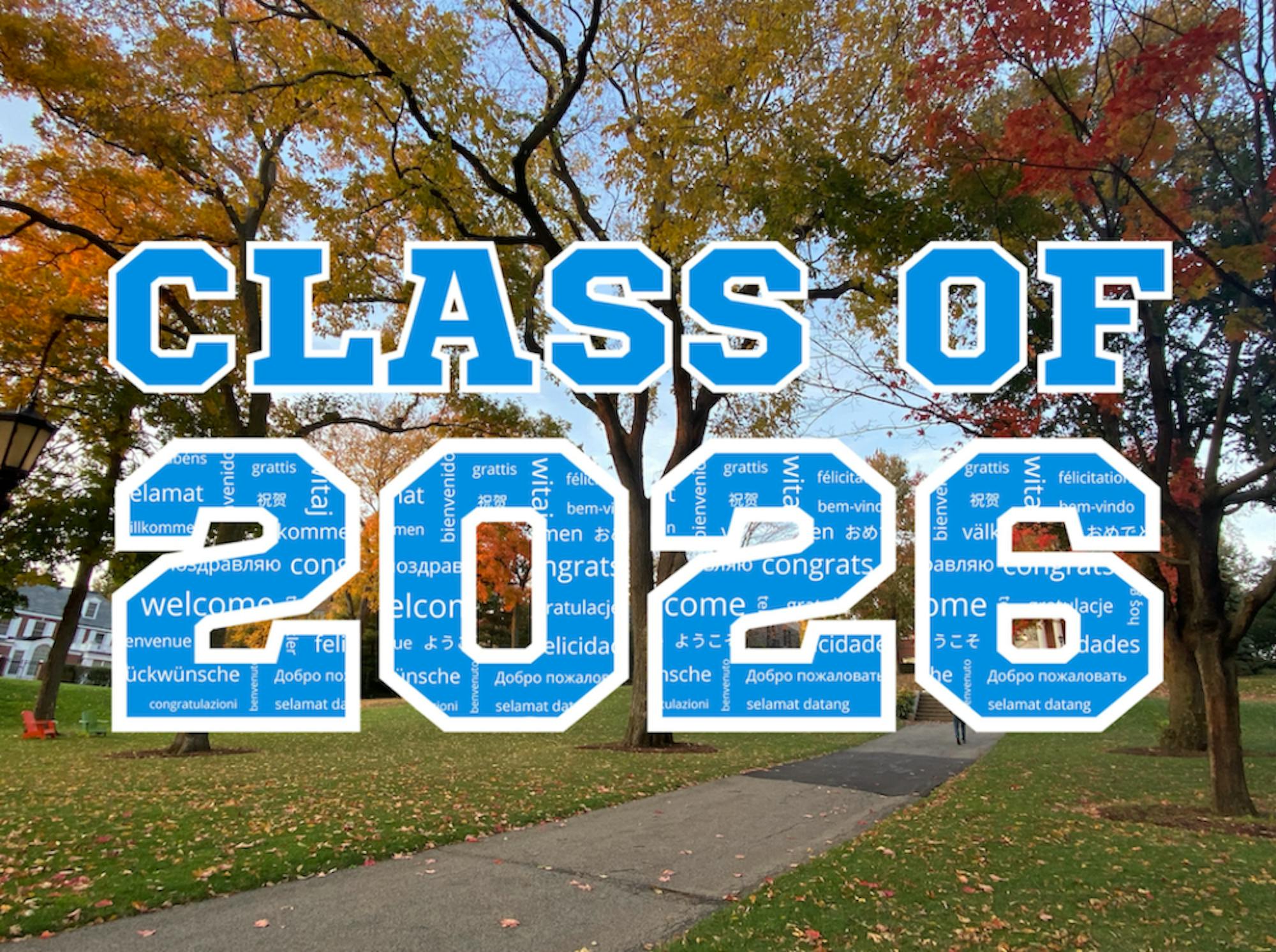Two weeks ago, Tufts released information about the admitted students of Class of 2026. The selectivity and demographic diversity of the admitted students pool offers vital insight to Tufts’ future.
Over the course of the last few years, we have seen application numbers rise and acceptance rates drop among colleges all over the United States, but Tufts, in particular, has exemplified these trends. This year, Tufts’ acceptance rate is in the single digits at 9%, the lowest ever recorded at Tufts, dropping from 11% last year. That 9% was taken from a record-breaking applicant pool of over 34,800 students, showing a 50% increase in applications since 2020.
Closer inspection of this trend, coinciding with the pandemic, reveals that policies like virtual tours and optional test score submission which arose amid the pandemic are partially responsible for the increase. Tufts’ dean of admissions, JT Duck, noted that it is easier than ever for students to learn about colleges and apply to them because of new policies and new technology. Additionally, Tufts’ adept handling of the pandemic in comparison to other universities along with a test-optional admissions process may have also contributed to the increase in applications. In fact, 40% of admitted students chose not to submit test scores.
While Duck wrote in an email to the Daily that he is encouraged by the fact that “some of the most significant growth in applications in recent years is coming from students who have been traditionally underrepresented at Tufts,” the increase in applications could be damaging to underprivileged students that are applying. A larger applicant pool drives down acceptance rates and makes colleges more selective, consequentially making it more challenging for students to set themselves apart from others. Prospective students without access to certain extracurriculars or resources, such as college counseling, that others can utilize may find difficulty attracting attention in the admissions process.
Additionally, with acceptance rates now in the single digits, which is often seen as a sign of prestige among selective institutions, Tufts may be seen as more elite. The acceptance rates of many similar institutions have been dropping as well, with Brown University and Rice University among those who hit record lows with the Class of 2026. We hope that, regardless of its perceived prestige, Tufts will find ways to responsibly navigate the changes in application pools to ensure equal opportunity for all.
Despite these potential issues, the Class of 2026 admitted student pool is also historically diverse. This diversity stems from a historically diverse applicant pool, which included 52% students of color, with Black, Latinx, and multiracial applicant numbers showing the greatest increase. Geographic diversity has also increased, with 22% international applicants in addition to representation from every U.S. state and four U.S. territories. Additionally, a record 19% of the applicant pool is comprised of first-generation college students.
Accordingly, the pool of admitted students is astonishingly diverse. Of admitted students, about 56% are students of color and 11% are international students representing 84 different citizenships. Last year, 50% of admitted students accepted offers from the university.
In particular, the School of Engineering has shown a marked increase in diversity. This year's admitted pool includes 55% women, which is the highest percentage on record. It also includes 13% Black students, an even higher representation compared to the 11% admitted to Tufts in general. This increase in historically underrepresented groups in engineering demonstrates how Tufts is moving toward a more diverse community throughout its schools and programs.
The admission of first-generation college students at Tufts rose from last year’s 10% and now comprises 12% of the incoming student body. The Schuler Access Initiative has played an important role in encouraging first-generation students to join the Tufts community. The initiative will invest $500 million in a matching gift challenge across 20 universities over the next 10 years, including Tufts. The Schuler Foundation aims to fund scholarships for Pell Grant-eligible students as well as those with undocumented or DACA status. The mean household income of first-generation students tends to be lower than that of students whose parents attended college, making the Schuler Access Initiative an important change for first-generation students. Tufts’ test-optional program may have also made applying to Tufts more affordable for lower-income students given the high cost of taking standardized tests and sending scores to various universities. These initiatives are vital, as private universities like Tufts may often feel out of reach for many qualified low-income students due to their high cost.
Overall, the demographics of the admitted students pool show that the Class of 2026 will bring a variety of perspectives and experiences to the Tufts community. As Tufts admits a more diverse class each year, our community is enriched by new ideas and viewpoints. These students will join performance groups and clubs, play sports, take classes and write for the Daily, all the while sharing what they’ve learned from so many different places and backgrounds.
Trends toward lower acceptance rates and higher diversity may change things at Tufts, but they won’t change what draws in so many students in the first place: Tufts’ welcoming and open atmosphere that focuses on collaboration and interdisciplinary studies. We are excited to see what new and unique ideas the Class of 2026 and other classes will bring to our campus.






